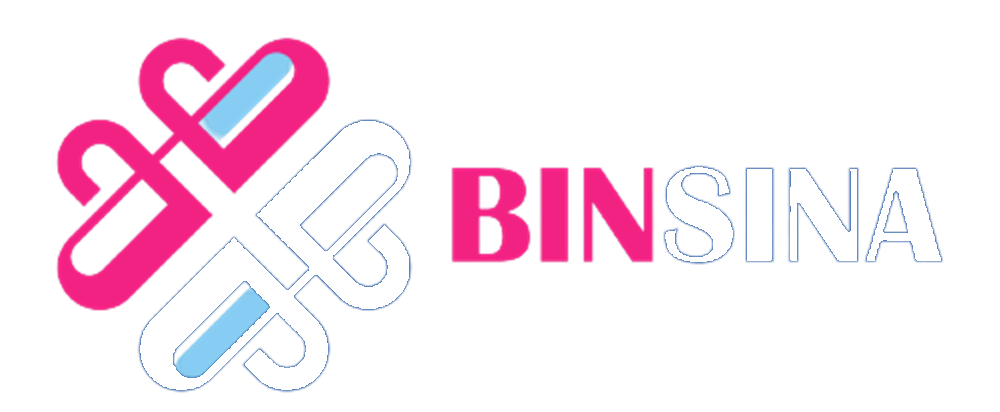Mashhad played host to about 24,300 foreign travelers who reportedly spent some $48 million to use medical services during the past Iranian calendar year, which ended on March 20.
“Last year (1400), Mashhad received 24,300 foreign medical travelers who were either hospitalized or gained outpatient treatments,” said Davood Khoshashkan who presides over the medical tourism department at Mashhad University of Medical Sciences.
In comparison to previous years, however, the number of medical tourists has achieved considerable growth despite COVID restrictions, the official said.
“The number of foreign travelers seeking medical services in Mashhad jumped 40 percent year on year in comparison to 1399, and some ten percent compared to the year 1398.”
Elsewhere in his remarks, the official said Mashhad wants to make medical tourism a $400 million industry in the years to come.
“Mashhad eyes to earn some $400 million from medical tourism per year…. Our estimate is to host 200,000 medical travelers per year that would collect a revenue of $400 million.”
“Given the city’s capacities, Mashhad’s $48 million revenue from attracting medical tourists in yea is insignificant.”
He said Iran has immense potential to become a hub for medical tourism, adding, for example, Turkey’s revenues from medical tourism surpass Iran’s as the neighboring country possesses lesser medics and hospitals yet it does not have pilgrimage capacities.
In 1399, the coronavirus pandemic was hitting hard at medical tourism in the northeastern city, which used to be a thriving destination for health-care seekers in pre-pandemic times.
The number of international medical tourists to Mashhad has plunged 95 percent over the past months since the coronavirus pandemic started, according to Khoshashkan’s predecessor Esmaeil Khayyami.
Even though Iran has good conditions in terms of competitive price, presence of skilled physicians, and low waiting time among the studied countries, other medical tourism infrastructures are not enough invested. For example, until 2017, Iran has not been able to obtain a JCI license even for one hospital, and the average per capita physician/nurse index is much lower than the global one.
Experts say, to promote medical tourism, it is necessary to recognize the strategic medical tourism status of each province in the country, supply a specialized workforce, provide high-quality services, improve infrastructure, and promote a positive attitude toward authorities to support medical tourism industry.
The Islamic Republic has set goals to exceed its yearly medical travelers to around two million in [calendar year] 1404 (March 2025-March 2026).
Amongst Iran’s trump cards are the presence of credible surgeons and physicians, cutting-edge medical technologies, high-tech medicine and diverse specializations, super affordable procedures, and finally its hospitable people.
Source: https://www.tehrantimes.com/news/471392/Mashhad-makes-medical-tourism-a-48-million-industry-in-year
